Polyurea
Today’s modern coatings are among the most advanced resins developed. These polyureas, more than any other polymer coating, stand out in their versatility, strength and longevitity.
They are the next step in the coatings evolution.
Fast Reaction Time
Polyurea’s fast reaction time (5-15 seconds) leaves polyurethane and epoxy materials in the proverbial dust. With the fast reaction time, polyureas do not easily react with humidity and moisture in substrates, so the material can be readily applied over cold or damp substrates, such as steel, concrete, wood or PU foam. On the other hand, when smoother flow of material is required to wet out a mould or cover an intricate carved surface, polyureas can be slowed down to have gel times ranging from 20 – 60 seconds. Polyurea is frequently used to protect the exterior of iron pipe, since the pipe can be recoated “above-the-ditch” (in the field) without expensive equipment. The polyurea cures quickly and the pipe can be almost immediately reburied without crack. Many pipelines around the world, including the Trans-Alaska pipeline, have used this technology to speed production and keep maintenance costs to a minimum.

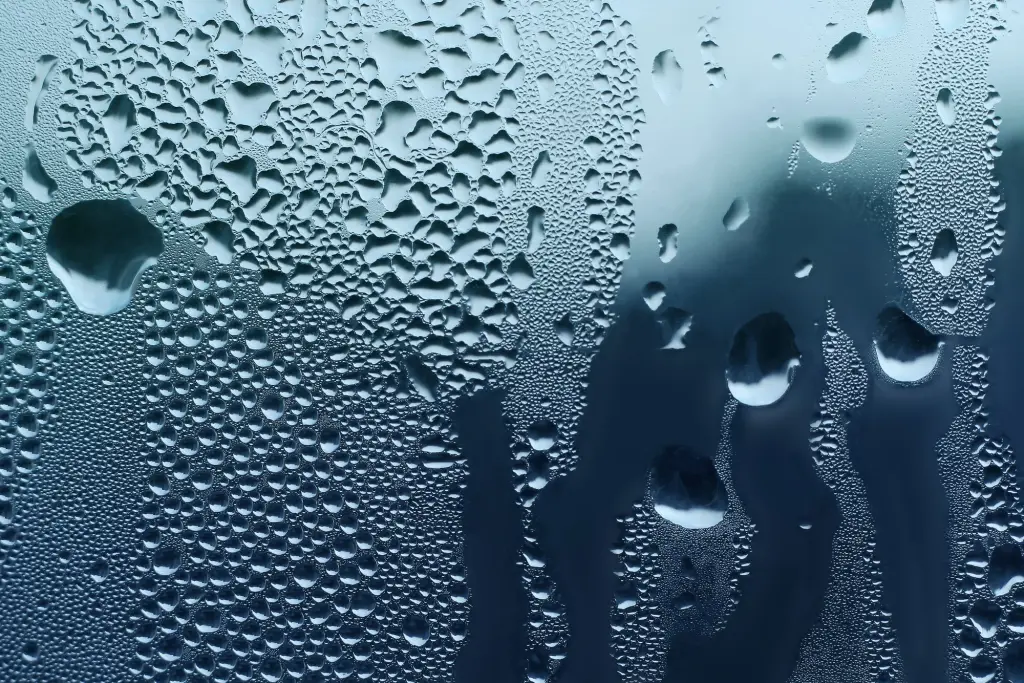
Moisture Insensitivity
Where moisture or humidity is a concern, polyureas outperform any product on the market today. Polyurethanes can be sensitive to high humidity and moisture in a substrate. As a result, they will react with atmospheric moisture or high humidity to produce carbon dioxide gas and cause foaming and/or pin-holing in the surface. In contrast, polyureas are not affected by moisture. The reaction of a polyurea system is so fast that the moisture reaction can’t occur. This is an advantage in climates or regions with high humidity or dewpoints. On the whole, polyureas are a more versatile protector for concrete.
Excellent Adhesion
If a substrate is moist or has condensation on it, polyurea will perform much better than polyurethanes. A properly prepared surface will improve adhesion, especially for critical applications such as moist concrete for containment lining and flooring, as well as adhesion protection for geotextile, wood and steel. In these applications, polyurea systems will have the best results. Conventional polyurethane systems applied to heat sink substrates could compromise the properties or adhesion of the first pass. There are no problems using a polyurea system over prepared steel.
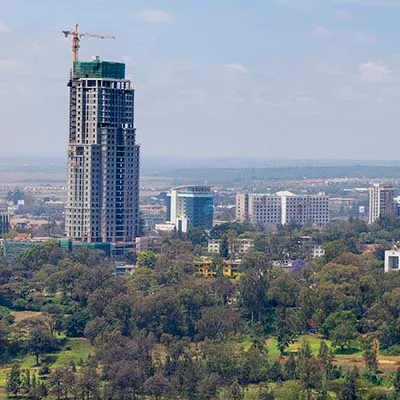
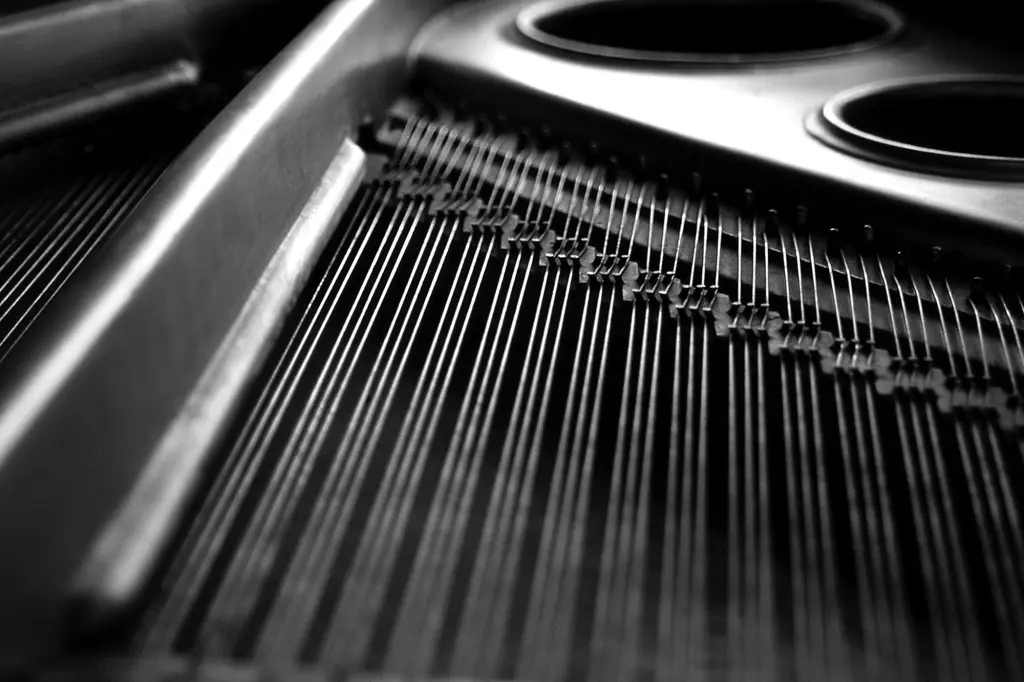
Superior Tensile Strength
In waterproofing applications, a low modulus and a high elongation elastomer are required to meet the challenge. Modern advances in the chemistry mean polyureas are formulated to feel as soft and elastic as polyurethane. This, in turn, opens the door for OEM manufacturers that produce soft “vinyl-like” skins, for example, to choose polyurea. The new polyureas will stretch with much less force. And, more importantly, polyureas will resist punctures and tears equally as vigorously as polyurethanes.
Low to No Volatile Content
The composite and OEM fabrication industry has seen a dramatic jump in the use of polyurea as an alternative to unsaturated polyester vinyl esters and polyester fiberglass for open mould part production. Automotive and off-highway body panels, bumpers and other parts are just a few of the parts that can easily be manufactured more quickly and without harmful emissions. The low volatile content of polyurea also makes it very attractive for confined workspaces. Many local and state government agencies are cracking down on styrene emissions. Unlike polyester fiberglass or epoxy, no fumes or styrene emission are associated with polyurea. Therefore, polyurea is ideal for applications such as wall and floor coatings for the food and beverage industries.
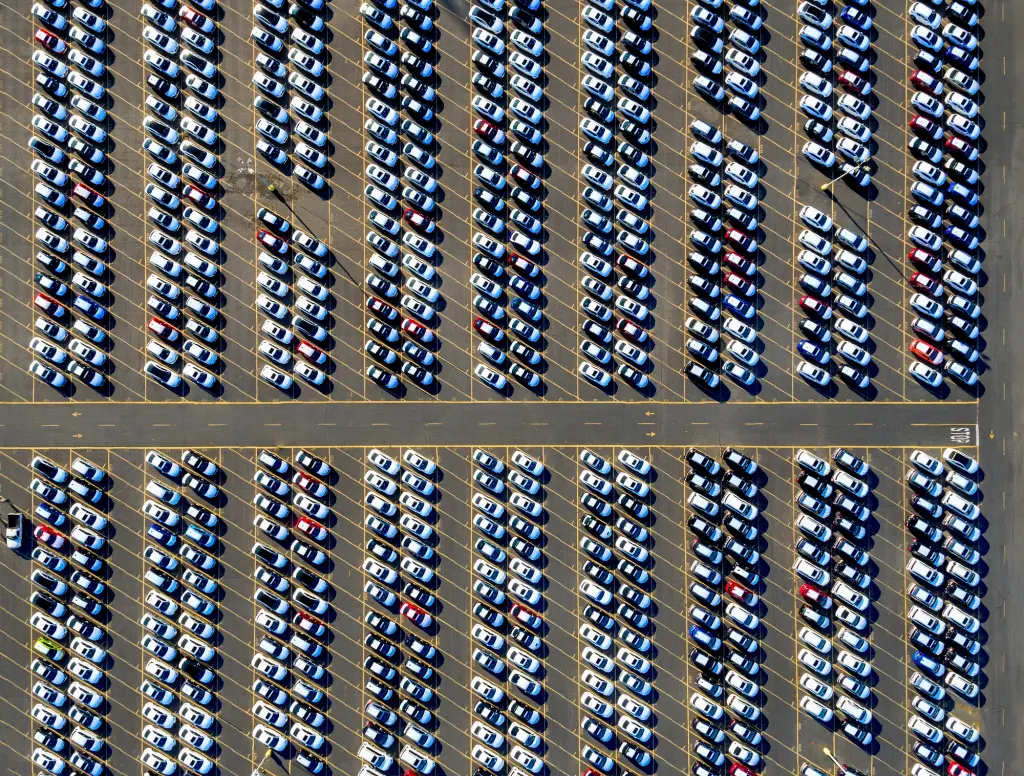
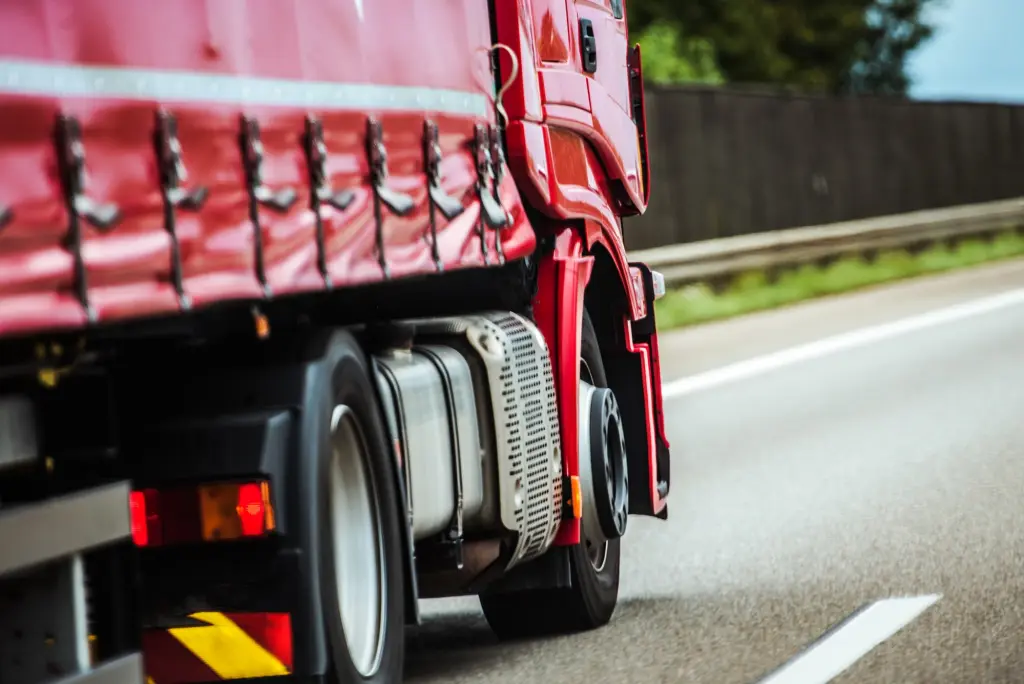
Infrastructure
In a highly abrasive environment, polyureas perform extremely well. In the rail and barge industry, polyureas are used because of their superior elongation and high impact resistance. Epoxies will crack and delaminate when exposed to constant pounding. The durability and physical properties of polyurea have made it the system of choice for the rapidly growing truck bed lining industry. Polyurea is sprayed in a uniform texture over the metal bed surface. Plus, thanks to innovations in application equipment, applications can quickly turnover multiple trucks in an afternoon. Polyurea has proven its distinct advantages over polyurethane liners.
Civil Construction
When it comes to heat resistance and fire retardance, polyureas have the advantage over comparably formulated polyurethane. Because of its formulation, structural/rigid polyureas have excellent resistance to heat distortion and sagging. At the same time, polyurea maintains its flexibility and high impact resistance. Polyureas resist heat sag and maintain their shape. And when the heat is really on, like in the case of fire, polyureas will naturally outperform most other polymer resins. The resulting low smoke and flame spread is due to polyureas’ molecular structure. Exposed to constant flame for 20-30 seconds, polyurea will self-extinguish.
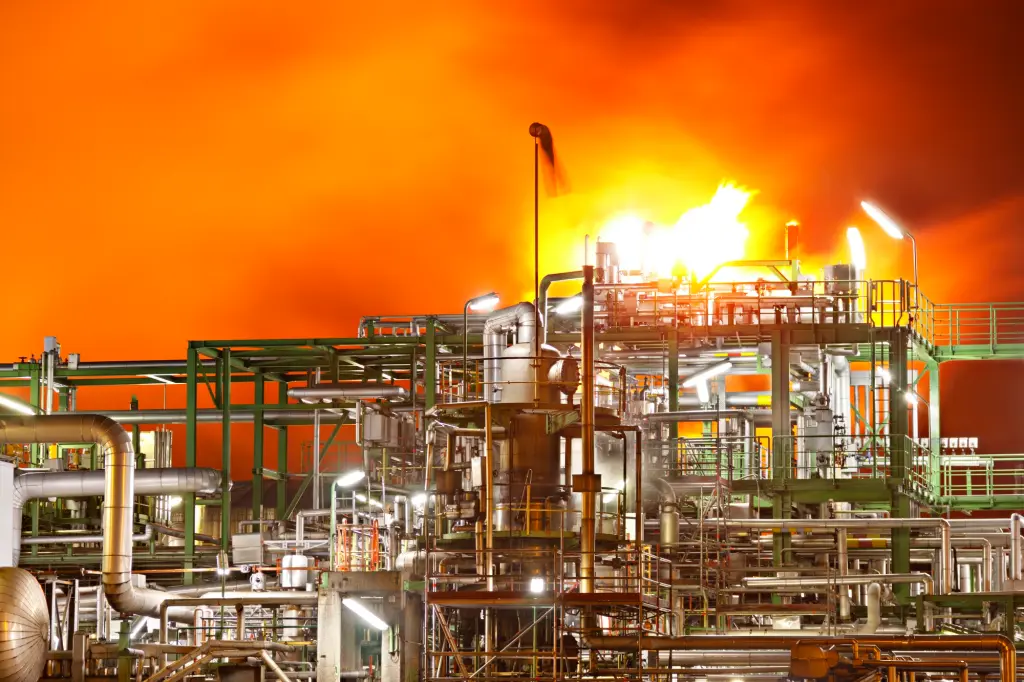

Long-Term Stability
Many polyureas are based on aliphatic isocyanate prepolymers that are highly weather resistant and color stable. Products based on aromatic isocyanate prepolymers are not color stable and will tend to chalk or darken in color with extended exposure. For a long time, aromatic polyurea was the primary version of polyurea that was promoted to the industry. In the mid-1990s, aliphatic and aliphatic-modified polyureas were developed. These products revolutionized the coatings business. Now end-users could safely choose a polyurea for applications that would be constantly exposed to sunlight, without fear of discoloration and/or chalking.
Environmental Protection
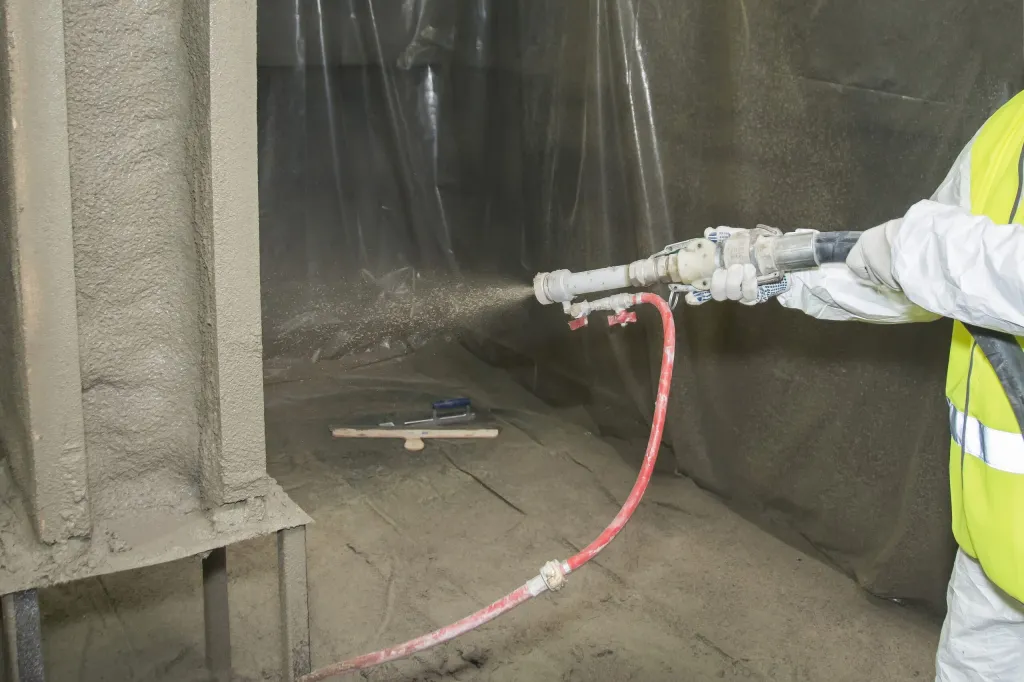
In a world of increasing environmental awareness, polyurea proves to be an effective and economical choice for governments and businesses for their elastomeric and structural needs. Material improvements in cure times, hardness and fire retardancy are being made every day. Application equipment and spray tip innovations are being introduced more rapidly than ever to meet the demand for better, more efficient means of getting the product sprayed in place.
Offices
Need more information? Send us an email or give us a call. We are always happy to help.
Enterprise Center, 2nd Floor,
Industrial Area, Nairobi, Kenya
Phone: +254 722 944 907
Phone: +254 20 6550006/12
Email: info@algorithm.co.ke.com